
5 animals that choose to live on trees LifeGate
These small marsupials live in eastern and northern Australia and nest in tree hollows or nest boxes. Adults can weigh as little as 150 grams. They are grey to brown with a prominent dark stripe over their foreheads, and have prehensile tails which they use to grip on to branches. In June, sugar gliders begin mating. T….
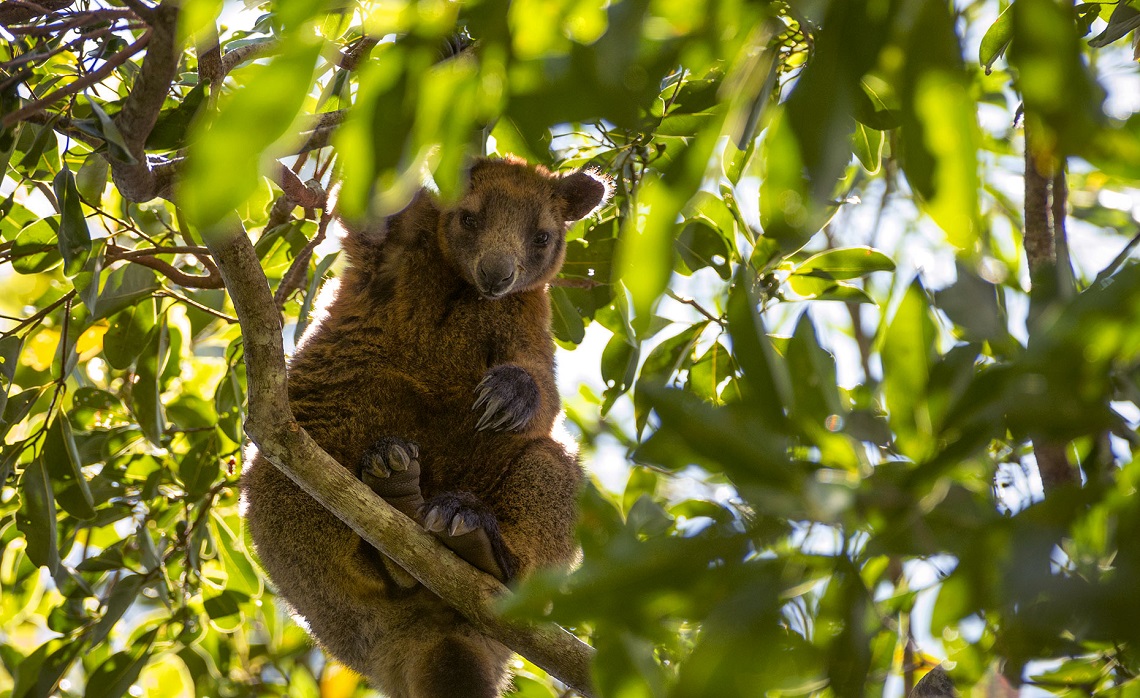
5 animals that choose to live on trees LifeGate
Some animals that live in trees are tree kangaroos, birds, squirrels, koalas, flying foxes, and primates like orangutans and chimps. Forests and jungles are environments covered with dense vegetation like tall trees, thick shrubs, and plant matter. As a result, they are home to all sorts of creatures, from the tiniest insects to the largest.
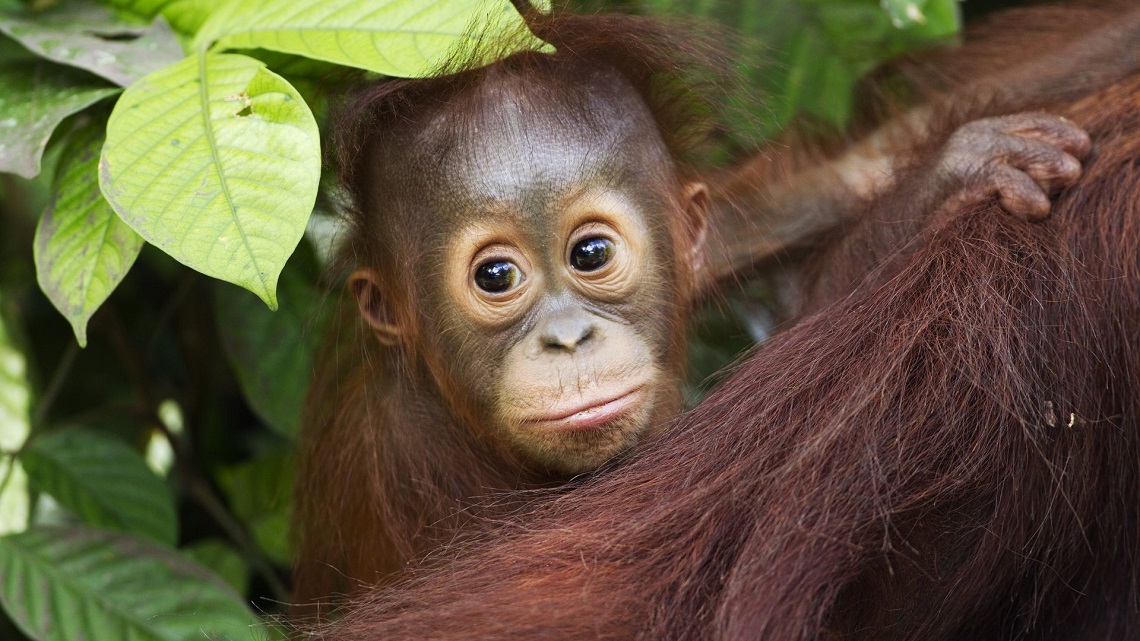
5 animals that choose to live on trees LifeGate
There are many animals that live in trees, for example, monkeys, Tree-kangaroo, Sloths, Koalas, Squirrels, Tree frogs, Chameleons, Anteaters, Orangutans, Gibbons, etc. Overview of Animals that Live in Trees. Monkey: A monkey is a primate that typically has a long tail, opposable thumbs, and a highly developed brain. There are many.

30 Animals That Live in Trees Characteristics and Fun Facts (With Photos)
In fact, gibbons are apes. Specifically, they are classified as small apes because they are smaller than the great apes - gorillas, chimpanzees, bonobos, and orangutans. 9. Arboreal Monkey. The arboreal monkey is a primate that spend most of their time in trees.

30 Animals That Live in Trees Characteristics and Fun Facts (With Photos)
The canopy is a great habitat for these lizards, as they're herbivores. These Iguanas live for a considerably long time, 15 years in some cases, and are distinguished by their stocky trunk and thin, long, tail. Green iguanas do tend to leave the canopy however and will leave a tree for various reasons, whether that's simply to move to a.
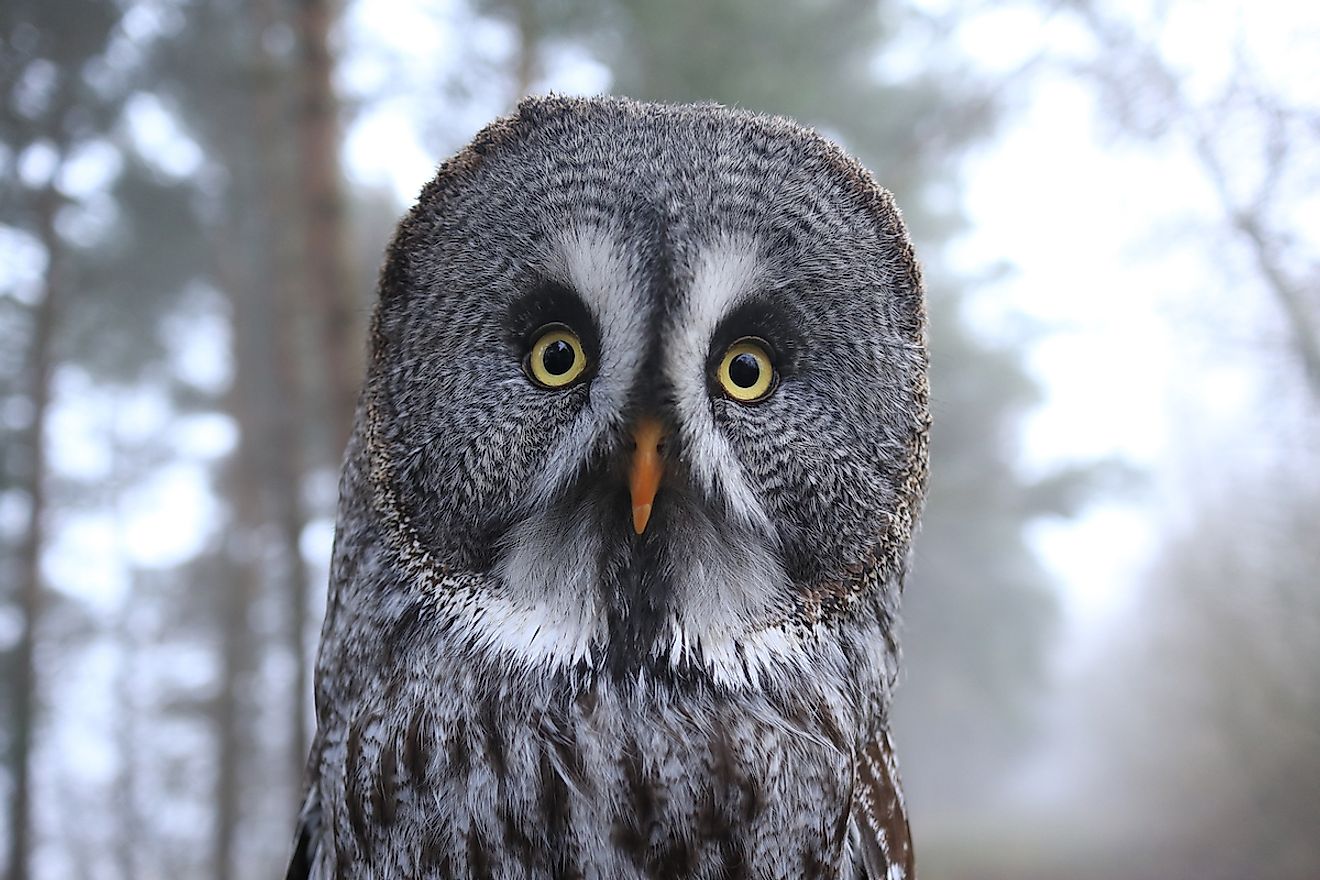
10 Animals That Live In Coniferous Forests WorldAtlas
Common sloth (Choloepus hoffmanni) The Hoffmann's two-toed sloth (Choloepus hoffmanni), also known as the Northern two-toed sloth, is a species of sloth from Central and South America. Two-toed sloths live in the treetops of tropical rainforests. It weighs a maximum of about 8 kg and lives almost exclusively in trees.

Living among the trees Five animals that depend on forests Stories WWF
Animals that live in trees must be able to hold on tightly. Claws, adhesive pads, flexible ankle joints (such as a squirrel's) that can turn forwards and backwards are all adaptions useful for staying in place. Arboreal primates have hairless fingertips that allow the animal's hand to squeeze the branch between the fingertips to generate.
/two-javan-tree-frogs-sitting-on-branch--indonesia-904215016-161dfe73d7914eaca9aa073423392ecd.jpg)
13 of the Cutest TreeDwelling Animals in the World
How These Animals Live in Trees Is Changing How People Live in Houses. Ryan, K. C. (1994). Interactions Between Fire-injured Trees and Insects. In Plants and their environments: proceedings of the first biennial scientific conference on the Greater Yellowstone ecosystem (Vol. 93, p. 259). US National Park Service, Natural Resources.
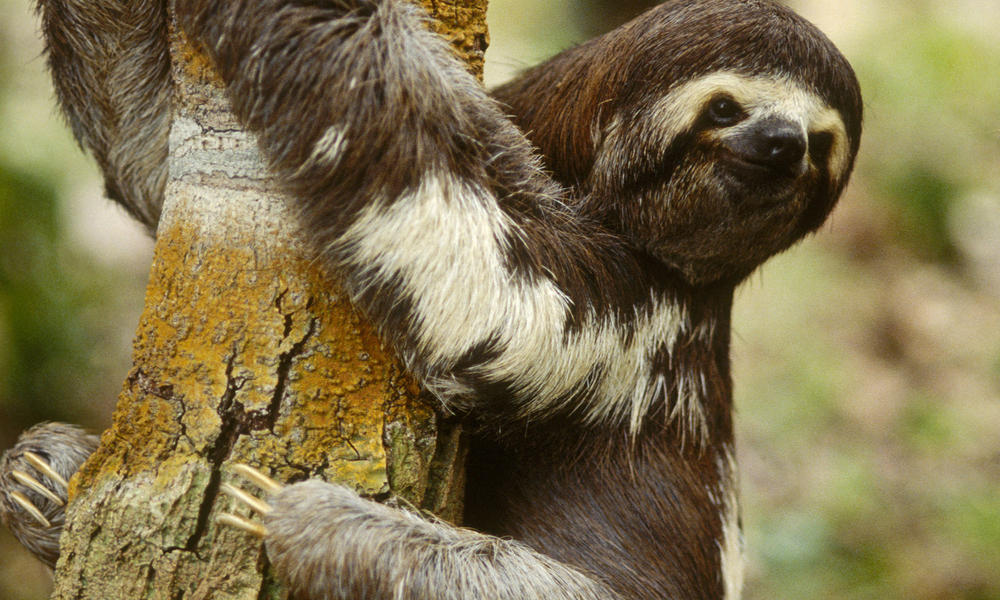
Why Are Sloths Slow? And Other Sloth Facts Stories WWF
5. Furry Canopy Explorers: The world of tree-dwelling animals would be incomplete without the presence of mammals. Many small mammals, such as squirrels, tree shrews, and tree kangaroos, have evolved outstanding adaptations for life above the forest floor. These creatures boast strong hind limbs for leaping, claws for gripping branches, and.

47 Animals that live in Trees (A to Z List +Pictures) Fauna Facts
Here are other ways animals keep cool. 11. Spider Mite. Spider mites significantly affect trees while living on them. They tend to leave brown and yellow dots on the leaves. An adult spider mite can lay approximately 100 eggs on the underside of tree leaves in three weeks. 12.
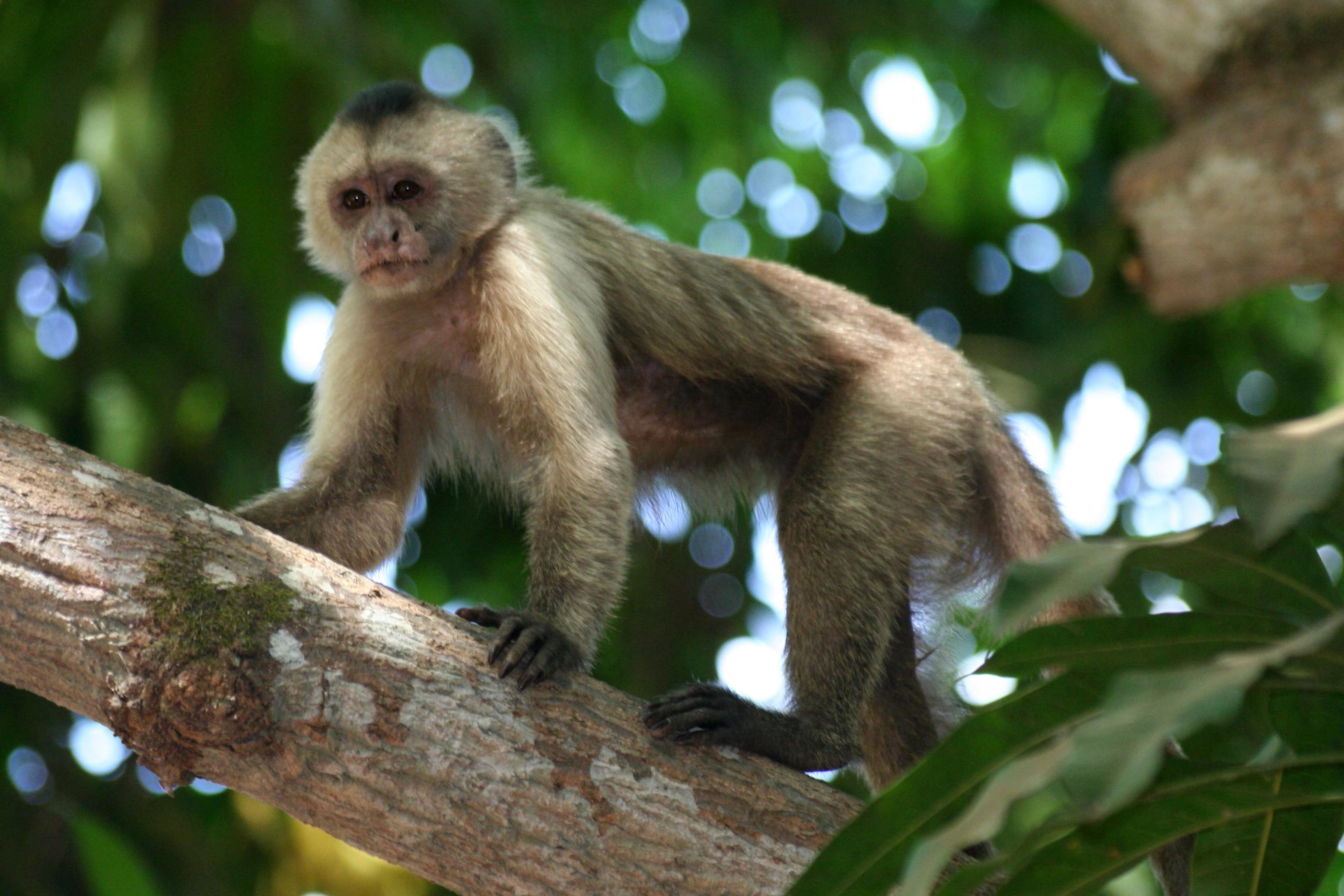
Free picture monkey, primate, wildlife, jungle, tree, cute, rainforest, nature
Animals like lizards, bears, caterpillars, bats, monkeys, apes, owls, squirrels, foxes, snakes, salamanders, spiders, and hawks are known to dwell on trees. The habitat of an animal within the tree depends on its specific needs and adaptations; some live in holes inside trunks, some under the bark, some make nests, and some cling onto branches.

9 Different Animals And Insects That Live In Trees Tree Journey
Examples of animals that live in trees include birds, bees, squirrels, snakes, and lizards. Trees are an important part of Earth's ecosystem. They provide shade, fruit, and shelter for many animals. Animals that live in trees are called arboreal animals. This is a list of the most common types of tree-dwelling creatures:
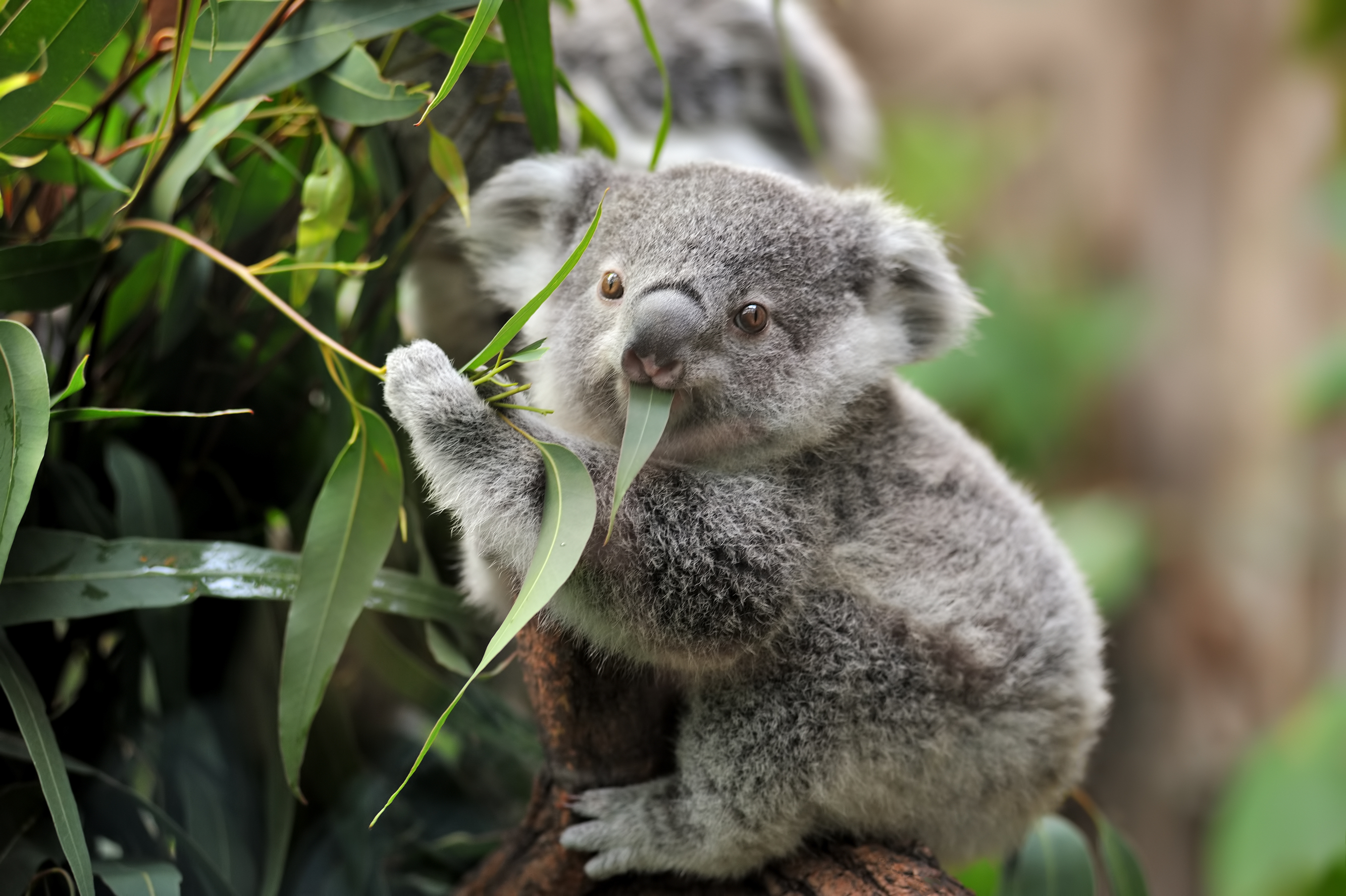
12 Australian animals and where to find them Live Better
November 7, 2023 by Active Wild Admin. Arboreal animals are animals that spend most of their lives in trees. Examples of arboreal animals include amphibians such as tree frogs and flying frogs; birds such as toucans and woodpeckers; insects such as tree hoppers and weaver ants, mammals such as monkeys, gibbons, lemurs, squirrels and sloths; and.

Eucalypt San Diego Zoo Animals & Plants
28- Minks. Minks are semi-aquatic animals that live on trees around the United States and in wetlands in North America. They are bodies of water, such as streams, lakes, and as well as on trees. Mink spent most of their time in the trees. They hound rabbits, birds, frogs, crayfish, and insects.

What Animals Live In Trees? 7 Arboreal Species
1. Tree Kangaroo Tree kangaroos live in lowland and mountainous rainforests in Papua New Guinea, Indonesia, and the far north of Queensland, Australia. They have adapted to life in the trees, with shorter legs and stronger forelimbs for climbing. They are the largest tree-dwelling mammals in Australia.

Living among the trees Five animals that depend on forests Stories WWF
Each mature river red gum tree supports a complex community of native animals. 1. Musk lorikeets. Glossopsitta concinna. Collecting pollen and nectar from red gum flowers using their specialised brush-tipped tongues, these lorikeets also eat seeds, fruits and insects. (Image Credit: JJ Harrison) 2.